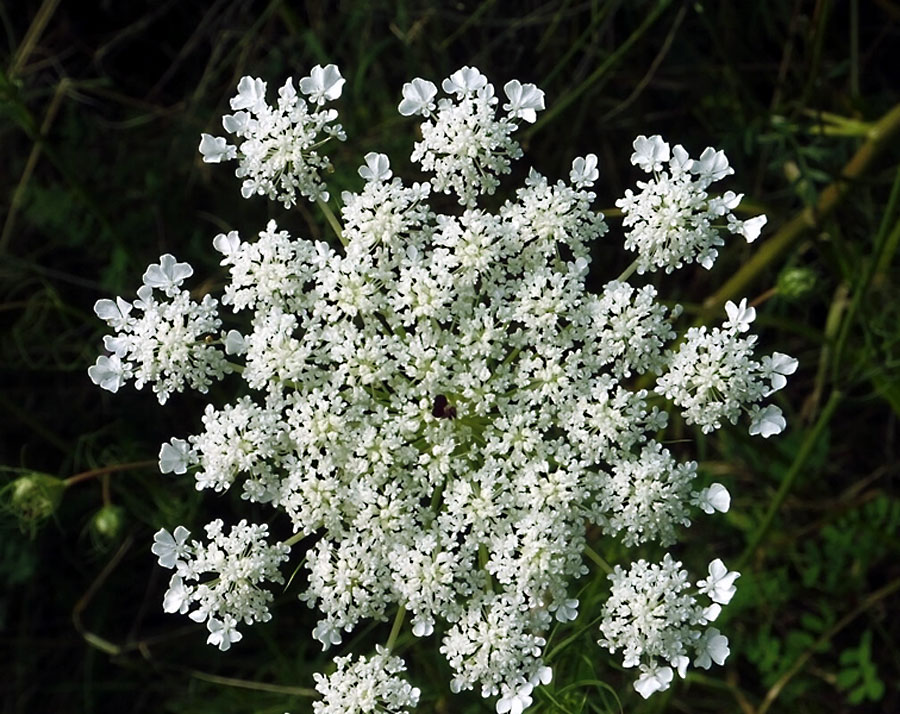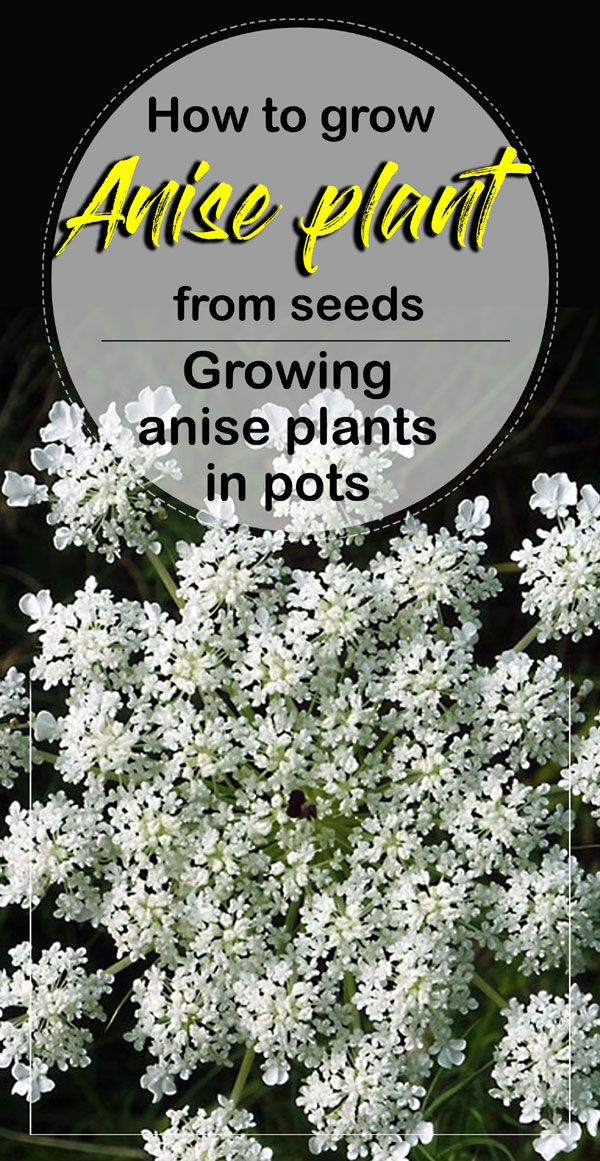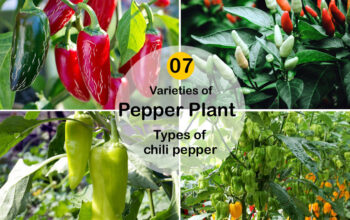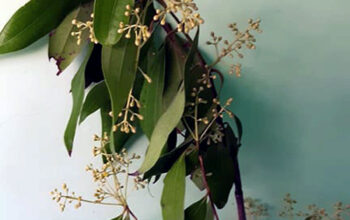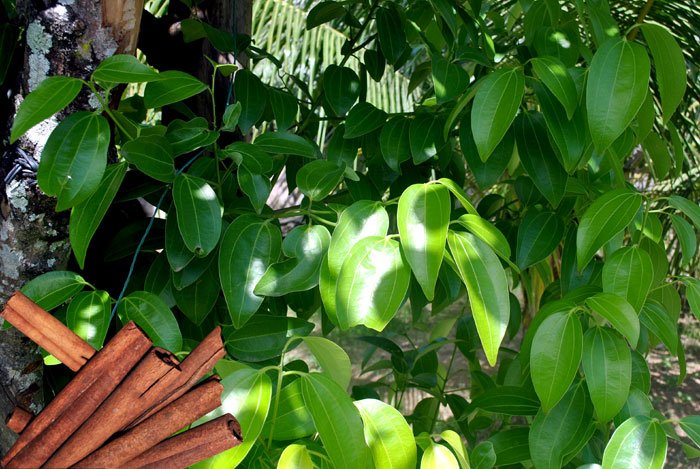Anise Plant (Pimpinella anisum)
Anise is an annual herb of the parsley family (Apiaceae), grown for its fruit, called aniseed, whose flavor is similar to licorice. The anise plant (pimpinella anisum) is native to Egypt and the eastern Mediterranean but is now cultivated in Europe, southern Russia, the Middle East, North Africa, Pakistan, China, Chile, Mexico, and the United States. Its flavor profile is similar to that of star anise, an unrelated plant. Pastries are usually flavored with aniseed, which is a component of Anisbrod, traditional German bread. It is commonly used in Mediterranean cuisine and Asian cuisine for meat and vegetables. Since prehistoric times, this plant has been used for medicinal purposes.
Herbal teas made from this ingredient are soothing. Aromatic oils are used as flavourings in Absinthe, anisette, and Pernod liqueurs. This plant can grow up to 0.75 meters (2 feet). Toward the base, the leaves are long-stalked and simple, whereas, along the stem, the leaves are compound with shorter stalks. The flowers are a yellowish-white color, and they appear loosely in umbels. The schizocarp is dried fruit and is formed by individual carpels, almost oval in shape.
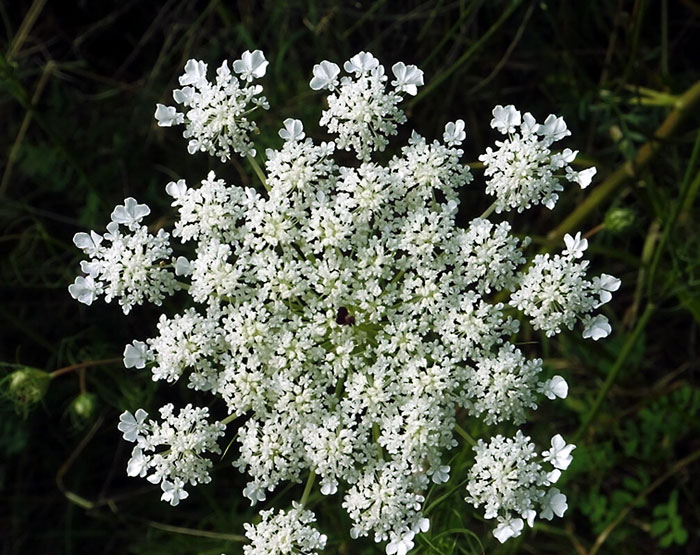
Overview of Anise Plant
Scientific name Pimpinella anisum
Common name Anise Plant, aniseed
Plant type Specie plant
Flower Color White
Blooming time Summer
Sun required Full sun
Soil Sandy loam, well-drained
Soil pH 6.3- 7.0
Zone 4-11
How to grow Anise plant from seeds
From August to September, when the flowers are going to seed, and anise plant can be harvested. When the seed heads are dry enough to fall out of the old flowers, store them in a paper bag. Seeds should be kept cool and dark until they are sown in the spring. Plan your garden anise sowing two weeks before the average last frost date. A 120-day frost-free growing season is necessary for anise. Space plants 6 to 18 inches apart. Plants should be spaced at least 18 inches apart at 6 weeks of age. Carrots and radishes should not be planted with anise. Grow to creep thyme on the feet of the anise.
Sunlight
Full sun is ideal for Pimpinella anisum Anise Hyssop. In partial shade, the plant may grow but will become lanky without sufficient sunlight. If you sow seeds in full sun, you should sow them directly into the ground or into containers. The anise is spindly and fragile in nature, so protecting it from the wind is necessary. Place your anise plant in a sheltered location away from the wind.
Soil
To grow Pimpinella anisum, the pH of the soil should be between 6.3 and 7.0. If you prepare the soil well, then anise can be planted in any soil. Make a well-draining, light soil by breaking it up. You may need to add lime to the soil if it is too acidic. Fertilize and drain plants’ soil by using sand, loam, chalk, clay, or other well-drained materials. Make sure you do not use heavy clay, as it may cause drainage problems that may result in root rot. Generally, established plants can tolerate dry soils, which should have a medium level of moisture. It is essential that the soil drains well and remains relatively dry throughout the winter.
Water
Until the anise plants reach a height of six to eight inches, water them two or three times a week. Then, you can reduce irrigation. During the first four weeks after planting, water the newly planted Anise Hyssop approximately once per week, if there is no rainfall. Deep, spreading roots will be nurtured and welcomed by slow, deep watering. Plants should no longer be watered once they have established themselves. Unlike many other plants, they can survive drought conditions. They are also very easy to maintain. The ground begins to dry out when the water evaporates. Water the anise thoroughly, but not too much.
Fertilizer
Growing anise doesn’t need much fertilizer, but it does benefit from an application of nitrogen fertilizer before the summer blossoms in June and July. Fertilization should be performed after a soil test has been conducted. Adding fertilizer to poor soil will improve it. Fertilizer is not required in any other cases for anise cultivation. In addition to side dressing around midseason with compost, you can also fertilize the plants with it. A shovelful of compost should be fed to each plant every other year in the early spring. It needs to be sprinkled around the base and there should be some distance between the compost and the stem.
Mulching
Anise doesn’t like competing with weeds, like many plants. Anise plants benefit from mulch around their bases, which will keep competition at bay. The best choices are straw or wood chips. You should avoid covering the stem of your plant with too much mulch to prevent it from rotting. Occasionally, some weeds may make it through the mulch. If this happens, pull them carefully by hand.
Growing Anise plants in pots
- If you have minimal space, you can grow this herb on a small scale in your yard. Growing anise in pots is a good option, it is a suitable plant for containers.
- For this choose a pot at least 10 inches deep. This plant has a long taproot, so you should plant it in a deep container.
- Make a proper drainage system on the surface of the pot, cover the surface with gravel or clay pebbles.
- Fill your pot with a well-draining growing medium and the soil pH should be between 6.3 and 7.0.
- Sow the seeds at 3 to 5 equal distances in each pot and give the proper amount of water.
- When the plant is about 4 to 5 inches high, then plant it one plant according to a pot. Because the anise plant becomes heavy from the top.
Read also:
How to grow and care for delphinium plants. When and How to grow Wisteria plants. Agapanthus flowers growing and care tips. Growing and care for Kalanchoe. Sage plants growing and care tips. Growing Kochia Scoparia (Burning bush) at home. Asparagus fern growing and care. Organic cucumbers growing in containers. Growing Dill(Sova plants) at home. Golden barrel cactus growing at home. Oregano plants growing and care. Sedum plants growing, planting, and care. 8 ways to bring nature into your city homes.
For pin:

